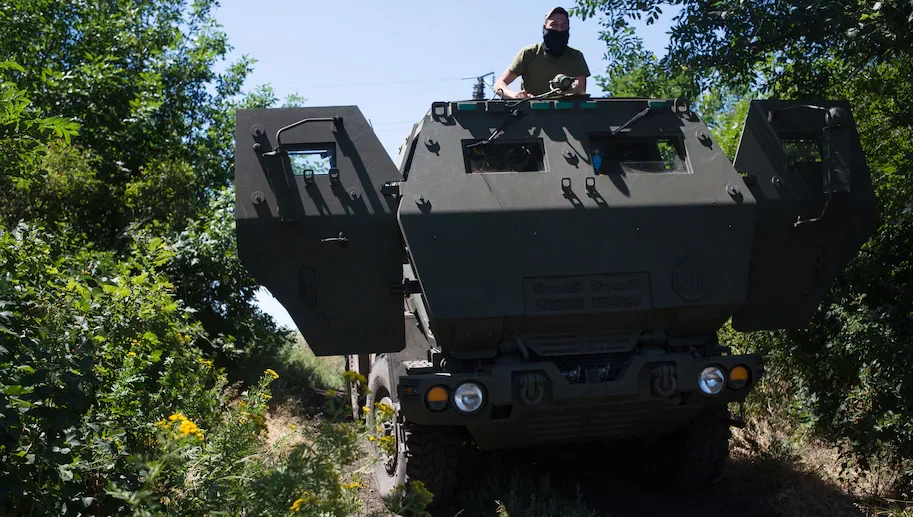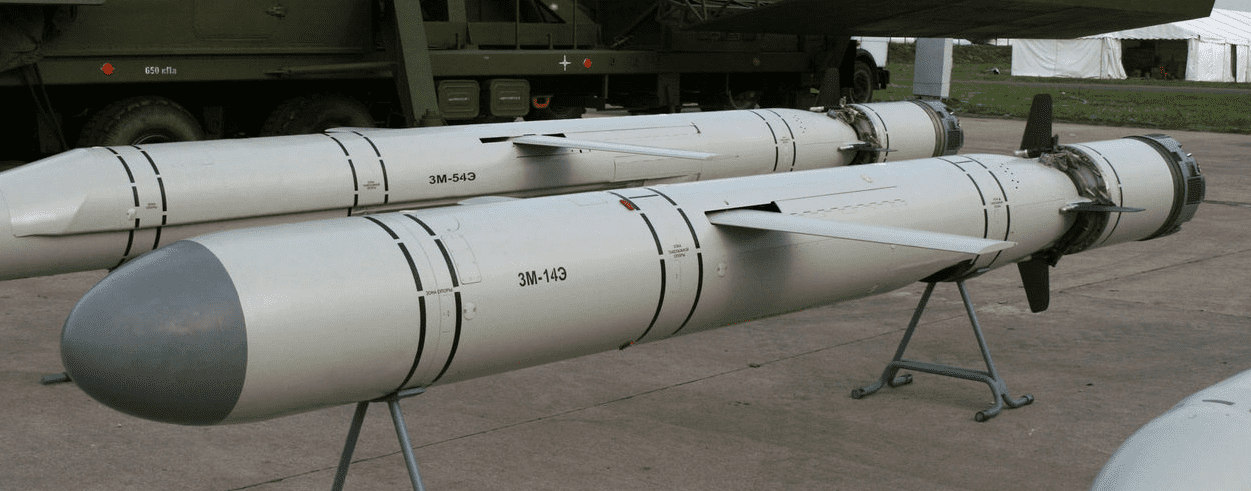
Ukrainian servicemen are using HIMARS mockups as decoys for Russian Kalibr cruise missiles
Ukraine’s defense forces are using wooden HIMARS mockups to decoy Russian troops into firing long-range cruise missiles to destroy them.
The Washington Post reported about this.
The publication notes that the decoys are made out of wood but are indistinguishable from an actual artillery battery through the lens of Russian drones.
“When the UAVs detect the battery, it feels like a VIP target,” said a senior Ukrainian official.

After a few weeks of being placed in the field, the decoys attracted at least 10 Kalibr cruise missiles. The initial success led Ukraine to expand the production of replicas for broader use.
This is one of many asymmetrical tactics Ukraine has adopted to fight back against the enemy.
The publication also emphasizes that the destruction of the HIMARS replicas can explain the unusually large number of systems claimed to be “destroyed” by the Russians. They regularly report on this in the summaries of their General Staff.
“They’ve claimed to have hit more HIMARS than we have even shipped,” one U.S. diplomat observed.

It is emphasized that last month, Russian Defense Minister Sergei Shoigu ordered his generals to prioritize the destruction of the long-range artillery systems after they targeted key Russian supply lines.
Earlier this month, a Pentagon spokesman absolutely denied Russia’s claims, declaring that all the U.S.-provided HIMARS are accounted for.
In addition, Ukrainian forces are also using M270 MLRS, which have similar functionality to HIMARS rocket systems.
Twofold advantages of decoys
Using decoys that look like real weapons is not a new tactic. It is also used by the Russians themselves, for example, inflatable models of the S-300 missile systems.

For Ukraine, the battlefield advantages of decoys are twofold, military analysts said.
In a protracted artillery war, finding ways to degrade and deplete Russia’s larger arsenal of shells and missiles is critical for Ukraine’s smaller army.
U.S. defense officials claim that Russia’s stockpile of precision-guided missiles has been running low, and U.S. export controls on microchips are making it “a lot harder” for Russia to replenish those munitions.
“A Kalibr missile launched at a fake HIMARS target in a field is a missile that can not be used against a Ukrainian city,” said Rob Lee, a military analyst at the Foreign Policy Research Institute.

Another advantage of decoys is that they could force Russians to take precautions and move their ammunition depots and command and control clusters farther from the front lines.
“Such a reorganization would degrade the Russians’ ability to mass artillery fires — a tactic they’ve relied on to make gains in eastern Ukraine,” said George Barros, a military researcher at the Institute for the Study of War, a Washington think tank.
According to the information from the official sources, Ukraine has up to 25 GMLRS missile systems in its service. This includes six M270 MLRS, three Mars II, and sixteen HIMARS rocket systems.
The episode of the Militarnyi Podcast discusses the operation of the American M270 MLRS.
The next episode will cover the use of HIMARS rocket systems by the Armed Forces of Ukraine.
SUPPORT MILITARNYI
Even a single donation or a $1 subscription will help us contnue working and developing. Fund independent military media and have access to credible information.


 Роман Приходько
Роман Приходько 
 Віктор Шолудько
Віктор Шолудько 
 Андрій Харук
Андрій Харук 

 Андрій Тарасенко
Андрій Тарасенко 
 Yann
Yann 
 СПЖ "Водограй"
СПЖ "Водограй" 

 ГО "Військова школа "Боривітер"
ГО "Військова школа "Боривітер" 

 Катерина Шимкевич
Катерина Шимкевич 
 Олександр Солонько
Олександр Солонько 
 Андрій Риженко
Андрій Риженко 




